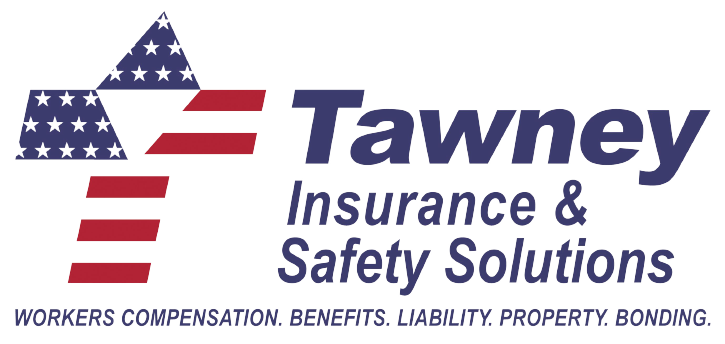Cost and Compliance for Contractors
"How much do you guys cost?" It's the question we hear daily from contractors looking to get their safety programs in order.
The honest answer?
It depends.
But before you roll your eyes, let's break down what baseline compliance actually costs and why cutting corners on safety creates bigger financial problems down the road.
Baseline Compliance Isn't Optional
Every contractor faces the same fundamental requirements. Federal law, OSHA standards, and state regulations create a baseline you must meet before you can even think about bidding jobs. These aren't suggestions, they're legal requirements that can shut down your operation if ignored.
We've worked with contractors who've been in business for 30, 40, even 50 years operating without proper safety documentation. One client still had their last safety manual from 1995. That's not just risky, it's a lawsuit waiting to happen.
The Three-Step Foundation Every Contractor Needs
Step 1: Updated Safety Manual and Policies ($2,500 - $5,000)
Your safety manual serves as the foundation for everything else. OSHA standards change regularly. New administrations bring policy updates. State rules evolve as personnel change. Your manual needs to reflect current requirements, not what was acceptable decades ago.
What this includes:
Current OSHA standards for your industry
State-specific requirements
Company-specific policies and procedures
Regular updates as regulations change
Why it matters: Without current documentation, you're operating blind. You can't train employees on outdated standards and expect protection when incidents occur.
Step 2: Employee Training Implementation
Here's where many contractors make a critical mistake. Buying a safety manual online doesn't equal compliance. OSHA requires you to train employees on any new policies you implement. A 500-page manual from the internet might tell you to do 100 things you never considered, and now you're legally obligated to follow through.
Training must cover:
New safety procedures
Equipment operation standards
Emergency response protocols
Site-specific hazards
Documentation requirements
The trap to avoid: Don't implement policies you can't execute. Having written procedures you don't follow actually makes you look worse during inspections or incident investigations.
Step 3: Field Verification and Site Safety Assessments
Documentation means nothing without execution. Independent third-party site safety assessments verify your teams are following established procedures in real work environments.
What we look for:
Proper equipment usage
Adherence to safety protocols
Environmental hazard management
Documentation compliance
Training effectiveness
Documentation approach: We photograph corrected issues, not violations. The goal is fixing problems, not creating evidence for lawsuits. We're there to help you succeed, not set you up for failure.
The Cost of Non-Compliance
Contractors often focus on upfront costs without considering the financial impact of cutting corners:
Direct costs of violations:
OSHA fines ranging from thousands to millions
Work stoppage orders
Legal fees and court costs
Increased insurance premiums
Hidden costs:
Lost productivity during inspections
Reputation damage affecting future bids
Employee turnover and recruiting costs
Workers' compensation claim increases
Project-level impacts:
Contract cancellations
Bonding issues
Disqualification from future projects
Customer relationship damage
Why "Hoping for the Best" Doesn't Work
You don't hope for the best with equipment maintenance, project scheduling, or financial management.
Safety requires the same systematic approach. Incidents will happen, the question is whether you're prepared to handle them properly.
The business case for proactive compliance:
Reduced insurance costs through better loss experience
Competitive advantage in bidding processes
Employee retention through safer work environments
Protection against liability exposure
Making the Investment Work
Smart contractors view safety compliance as business insurance, not an expense. The key is finding partners who understand your industry and can provide practical solutions that actually work in field conditions.
What to look for in a safety partner:
Industry-specific experience
Hands-on field knowledge
Practical training approaches
Ongoing support and updates
Integration with your existing operations
Baseline compliance costs exist whether you address them proactively or reactively. The difference is control. Investing in proper safety programs, training, and field verification gives you control over costs and outcomes. Hoping for the best leaves you at the mercy of regulations, inspectors, and incident investigations.
The question isn't whether you can afford proper safety compliance, it's whether you can afford to operate without it. In our experience, contractors who invest in getting it right from the start spend less money and sleep better at night.
Ready to get your safety program in order?
The investment in proper compliance pays dividends in reduced risk, lower insurance costs, and competitive advantages. Don't wait for an incident or inspection to force your hand.
